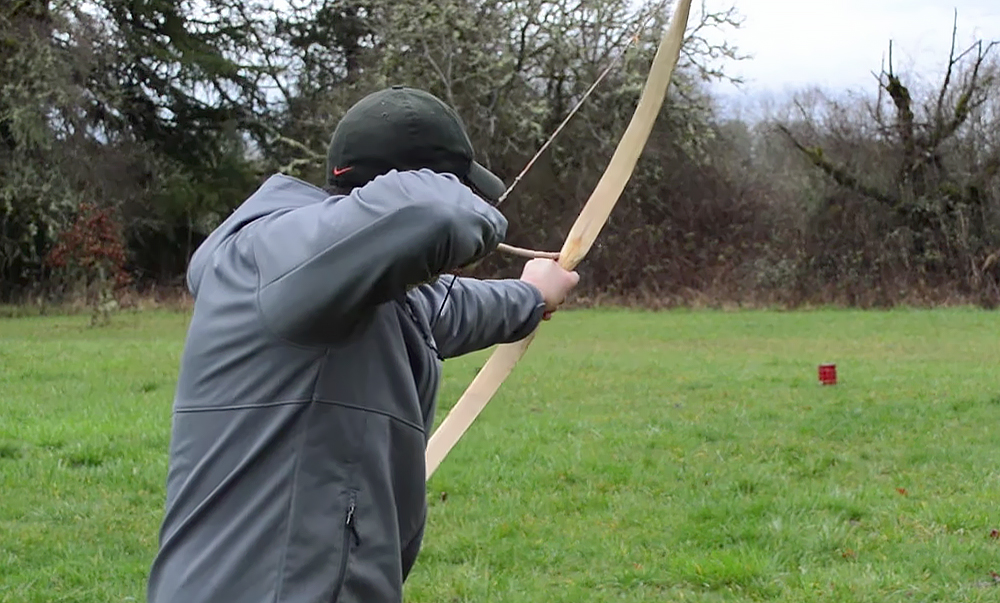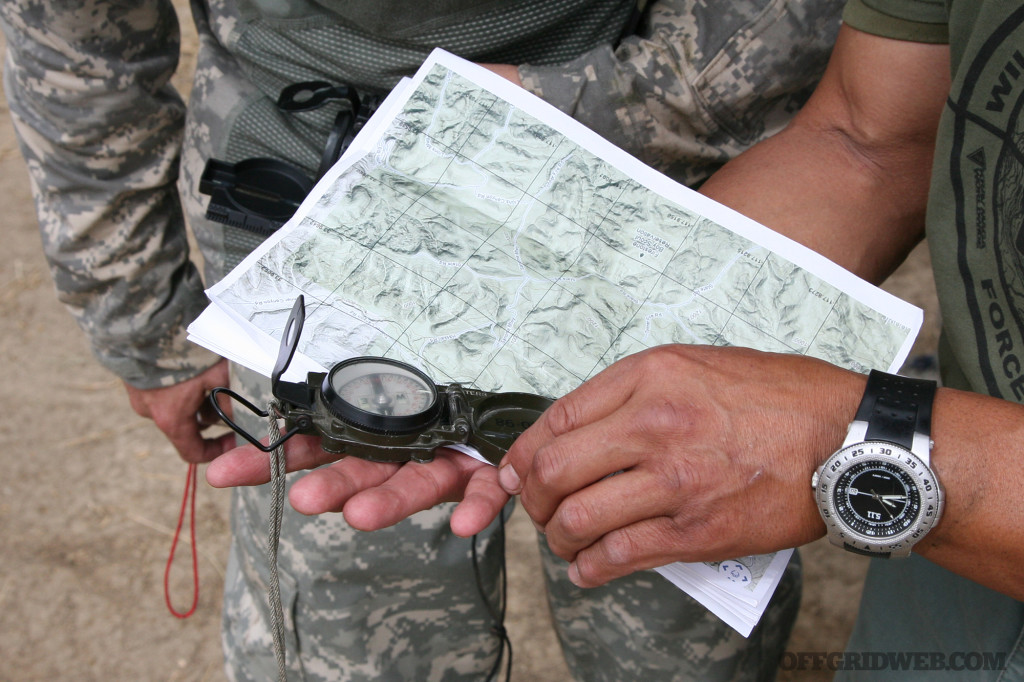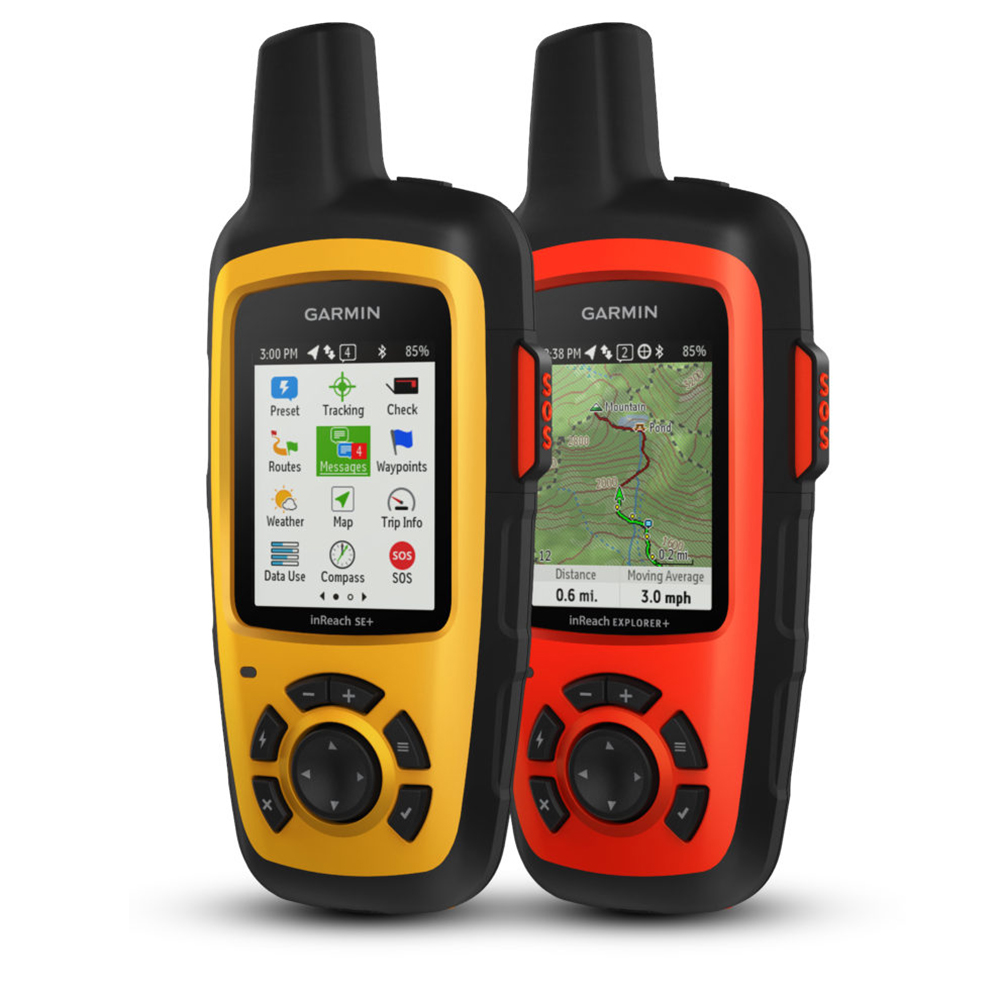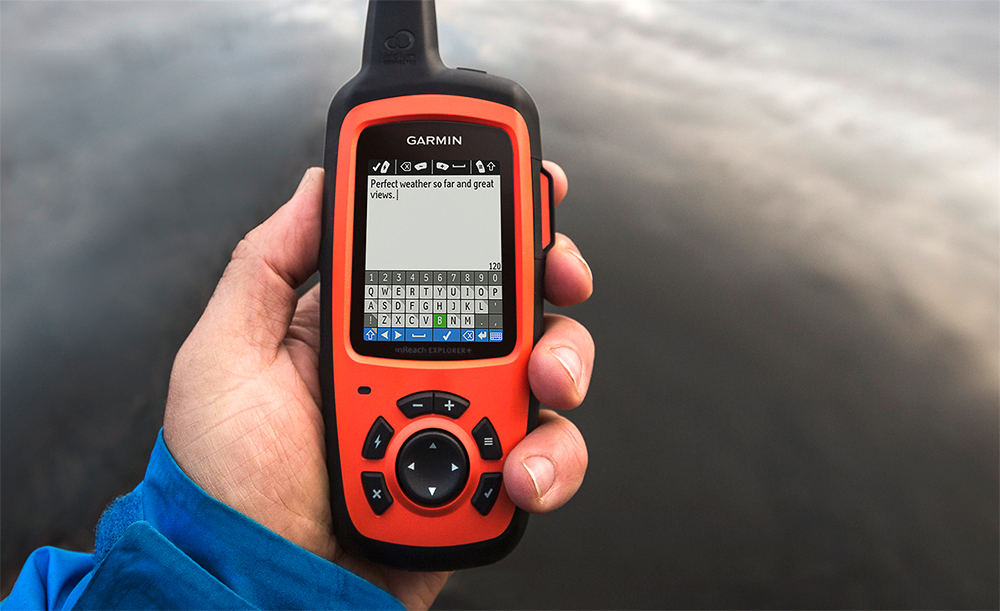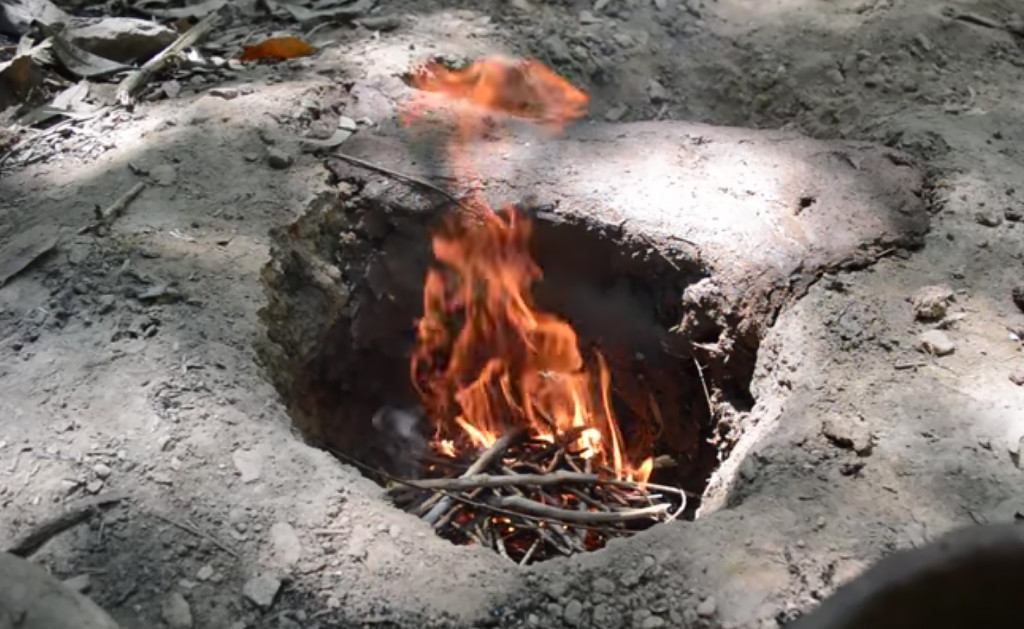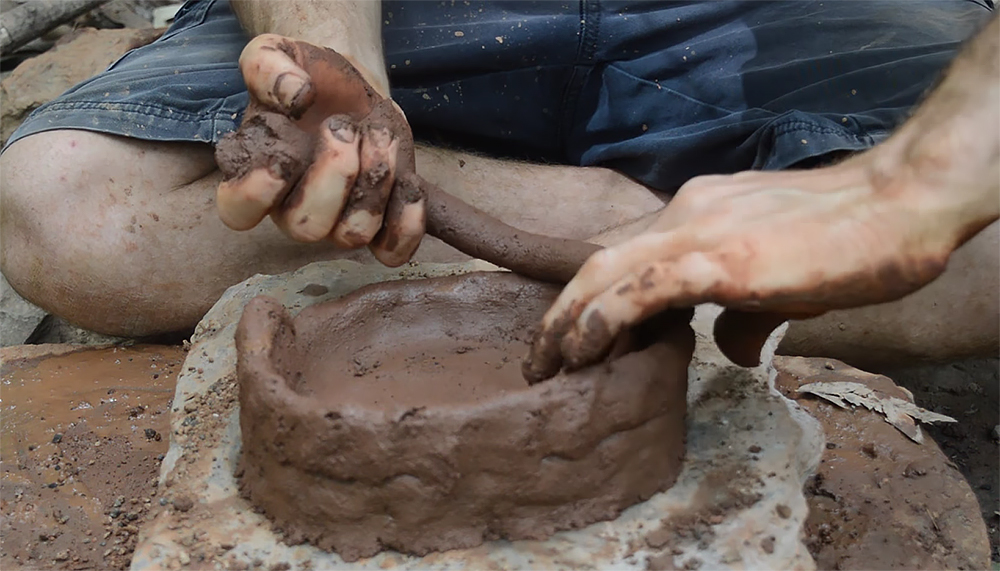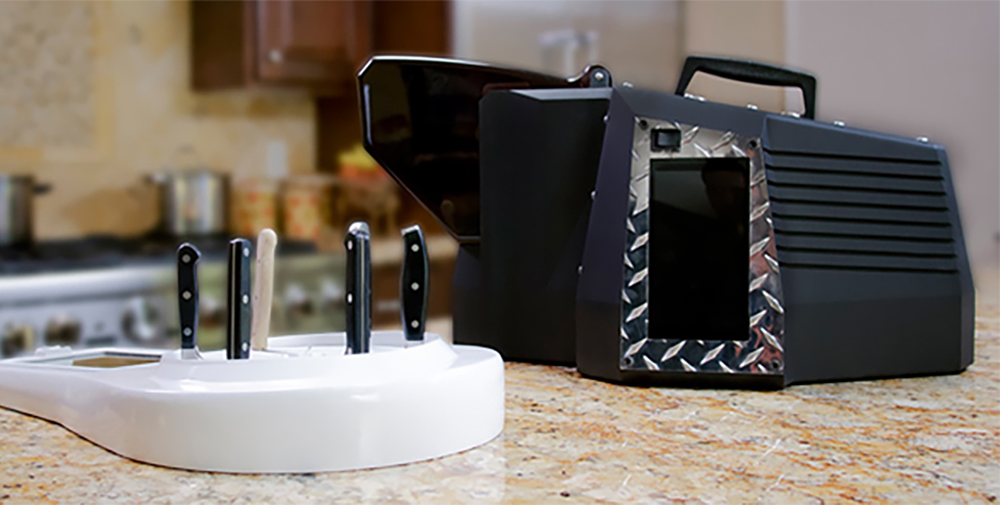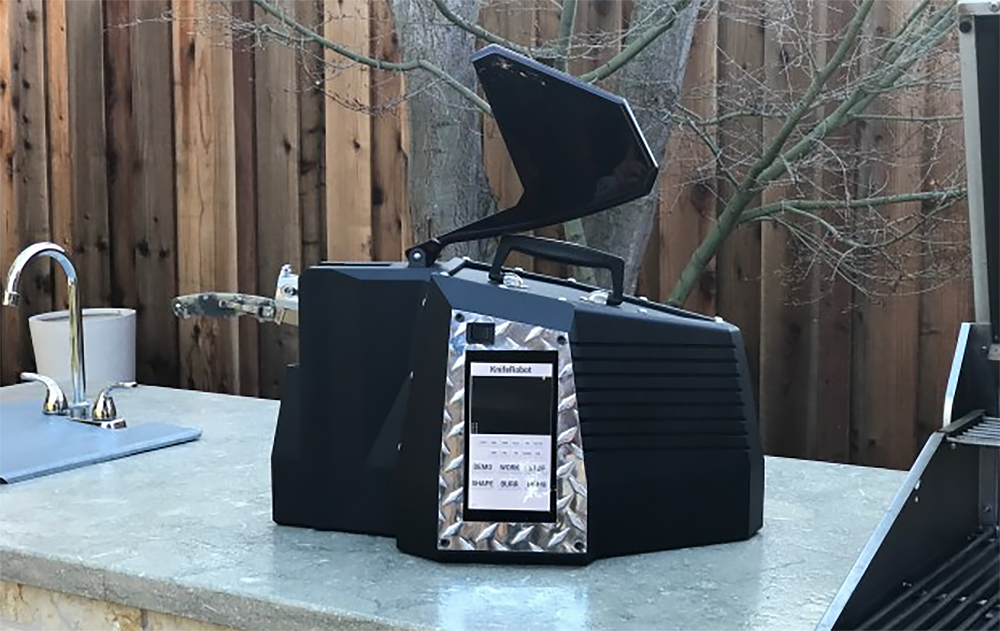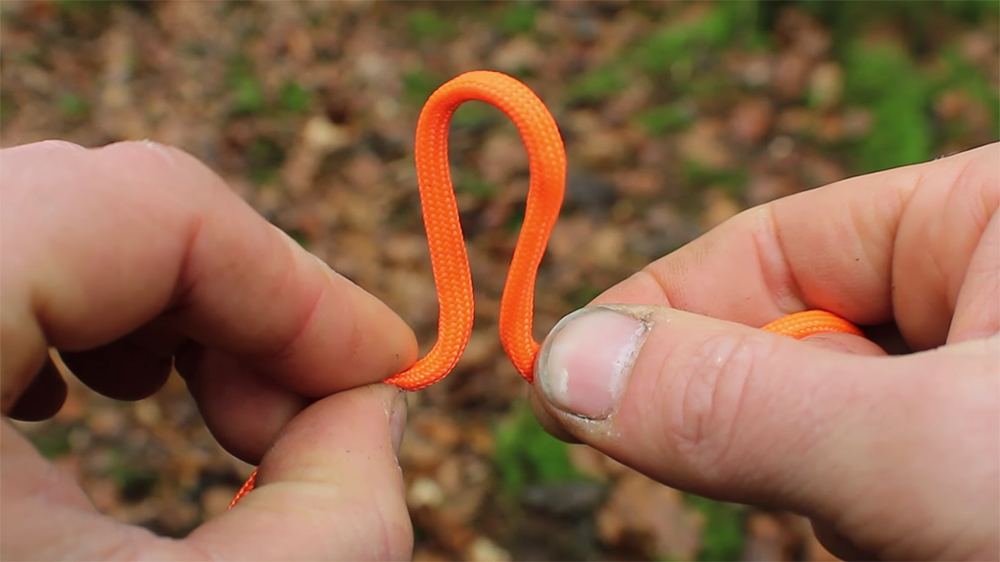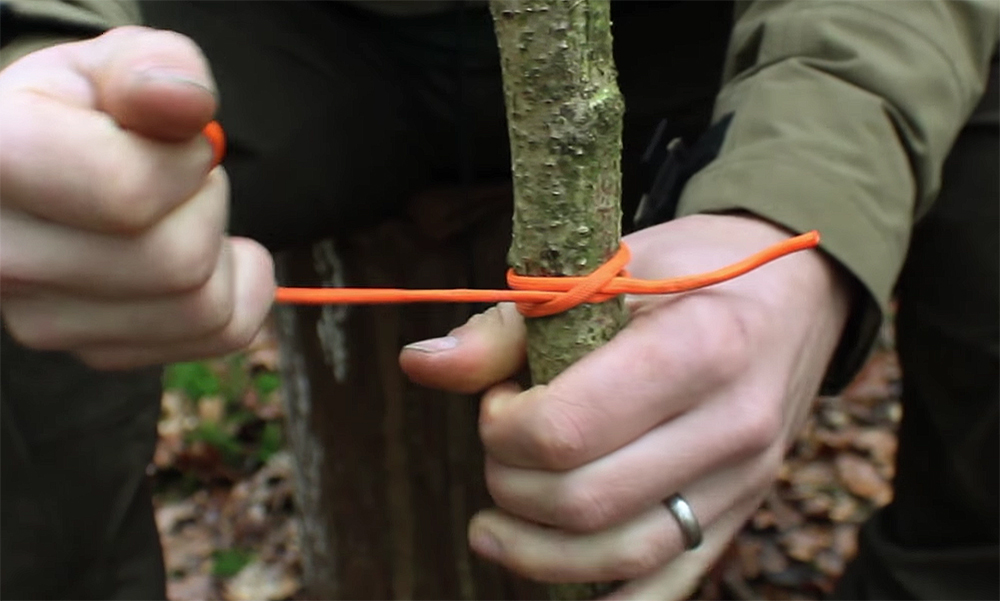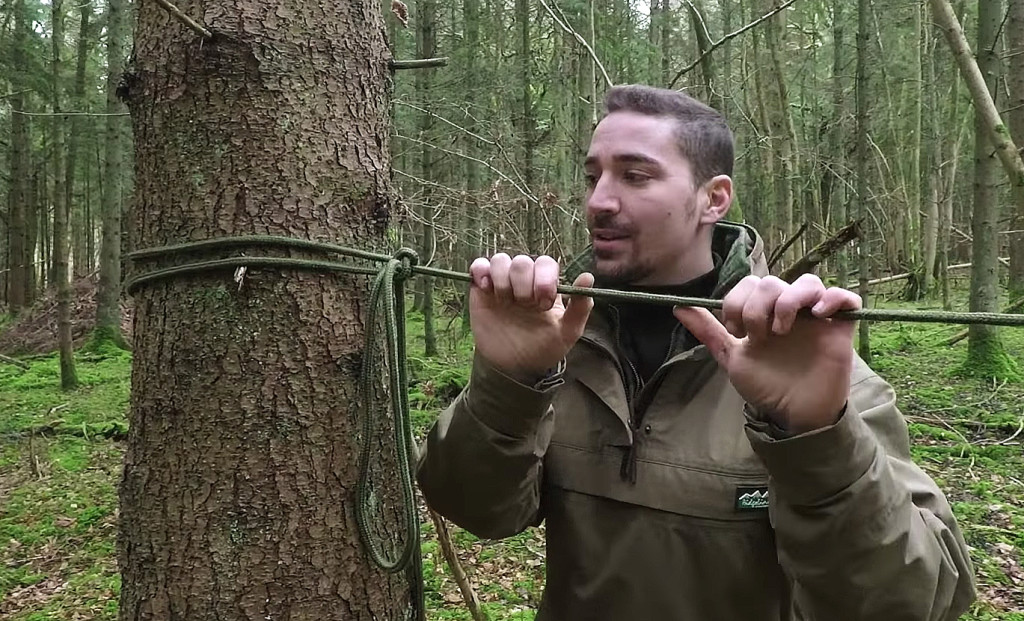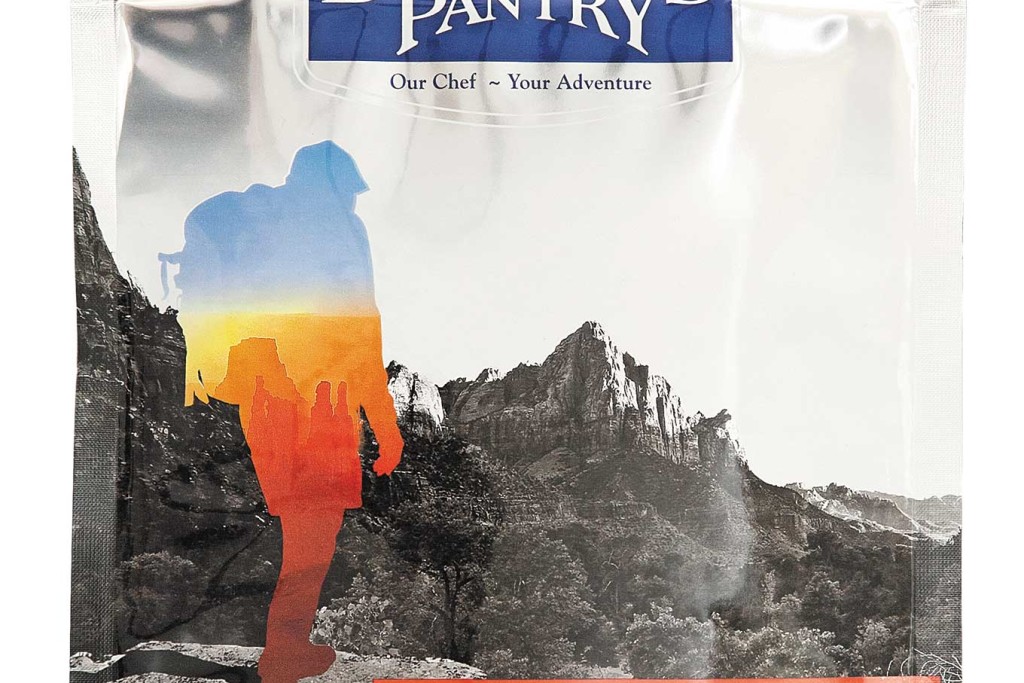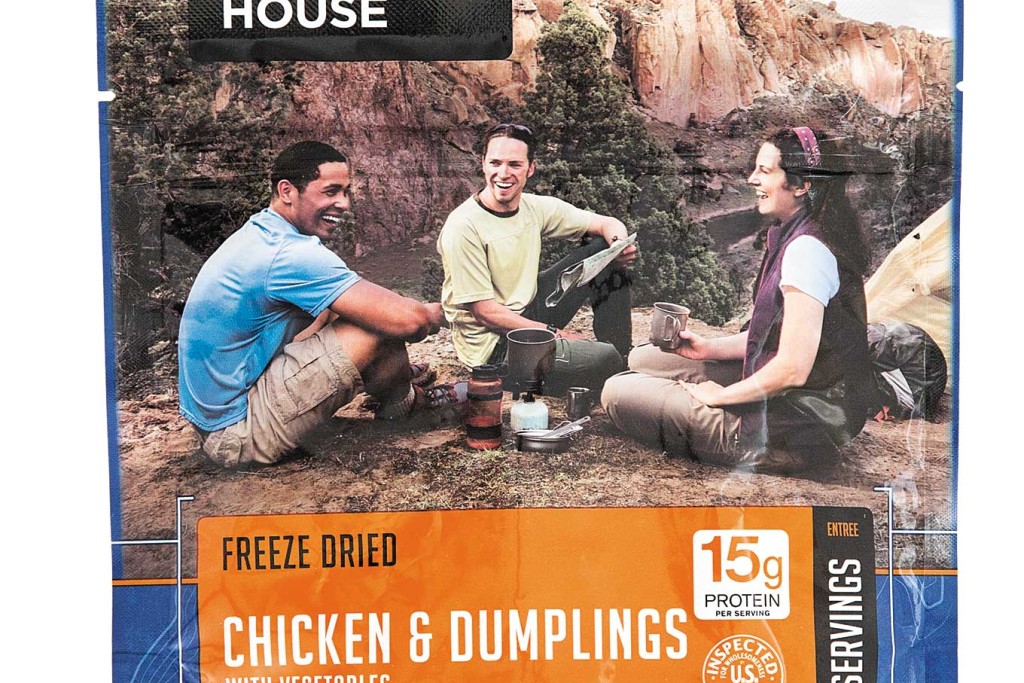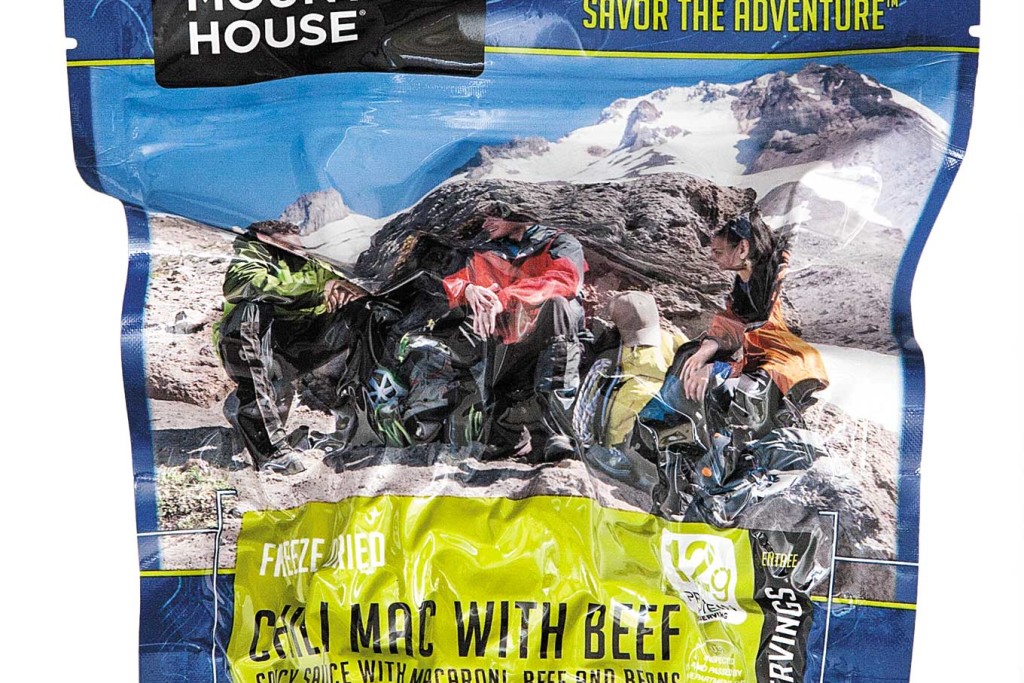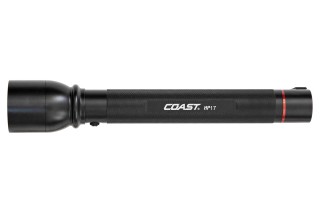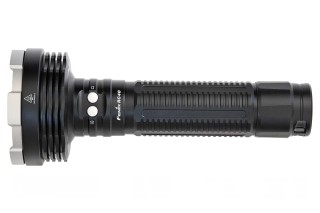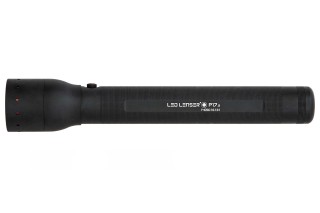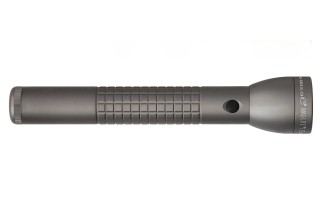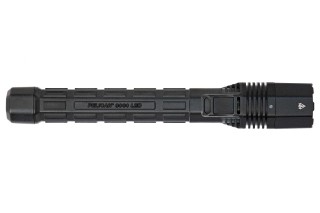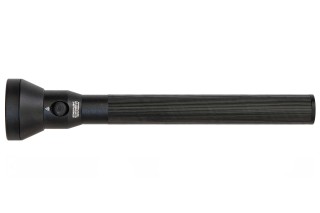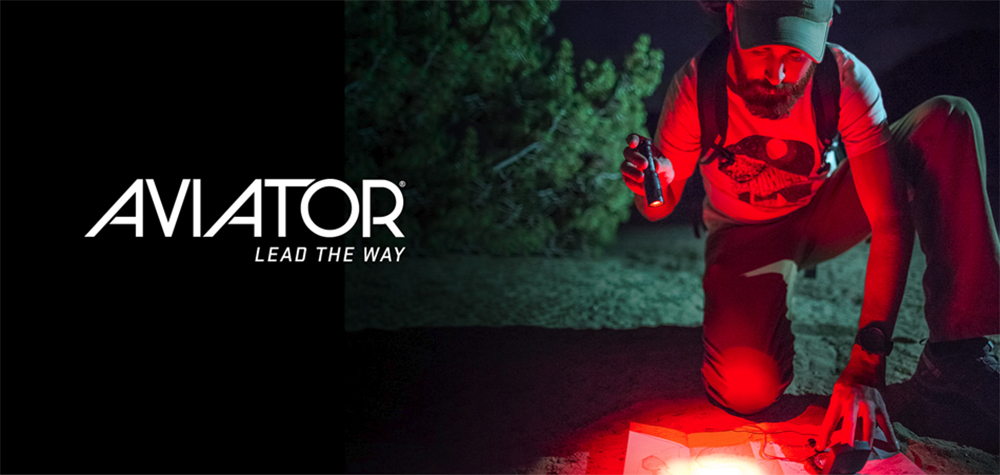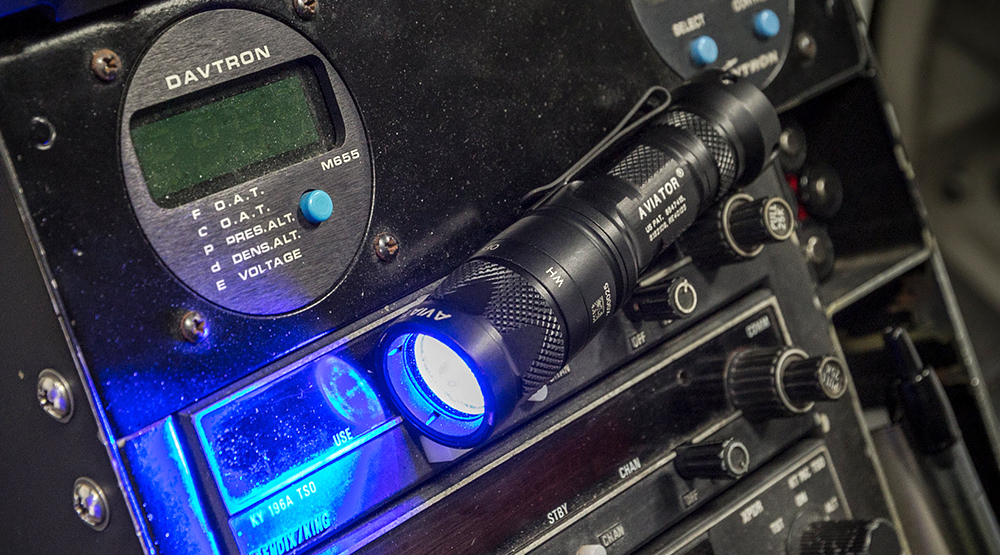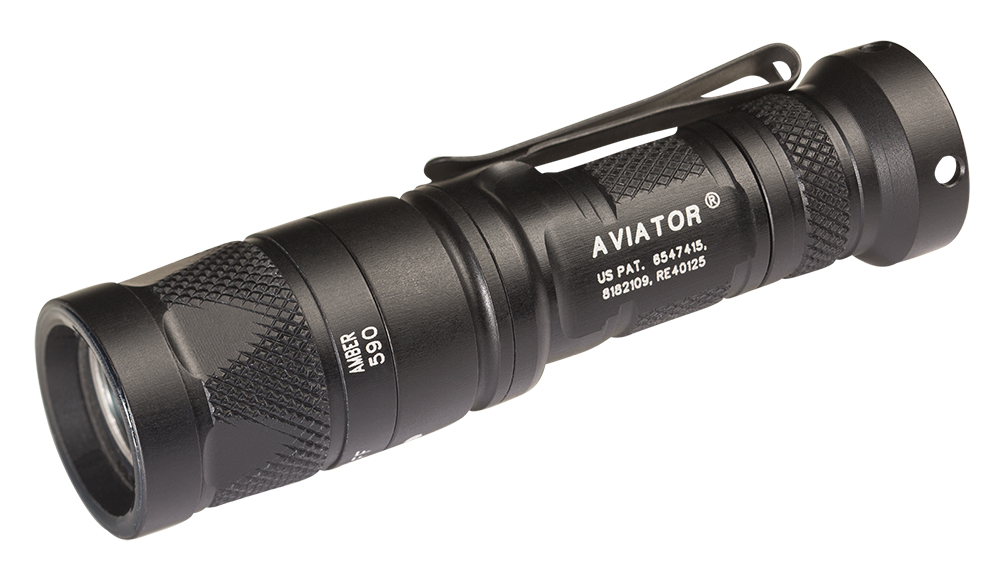You can feel the energy and excitement in a crowd of revelers at festivals, parades and other large outdoor public gatherings. Whether it’s a day of sightseeing around popular landmarks or an evening of shared pride and patriotism at a fireworks display, being caught up in a crowd can be part of the fun. But in a flash, that energy and excitement can turn to horror punctuated by the sounds of screams, screeching tires, and the roaring engine of a car or truck used as a powerful weapon by a fanatic in a vehicular terrorist attack.

It is critical to your safety and survival to understand this emerging threat and have an action plan in mind. You can deprive the attacker of the element of surprise by keeping a high level of situational awareness and knowing what you will do to keep yourself and your loved ones safe. Read on for a roadmap to help you survive a vehicular terrorist attack.
The Poor Man’s Weapon of Mass Destruction
At holiday celebrations in France and Germany, on an ordinary day at Ohio State University, and most recently in London, violent extremists have used cars and trucks to plow into unsuspecting crowds in this low-tech form of terrorism. In some instances, the attackers have followed the ramming attack with knives or firearms to inflict more carnage. These individuals see crowds as target rich environments and an opportunity to conduct a terror attack on the cheap. While this tactic dates back to the early 1970s, vehicular terrorist attacks are now viewed by some as the poor man’s weapon of mass destruction, and they are on the rise.

The Terrorist’s Playbook
Propaganda and training materials from violent extremist groups such as ISIS and Al Qaeda provide inspiration and instructions for violent extremists to target public gatherings for vehicular assaults. One such publication featured a glossy, full-page photograph of a Ford F-350 pickup under a banner headline calling the truck “the ultimate mowing machine.”
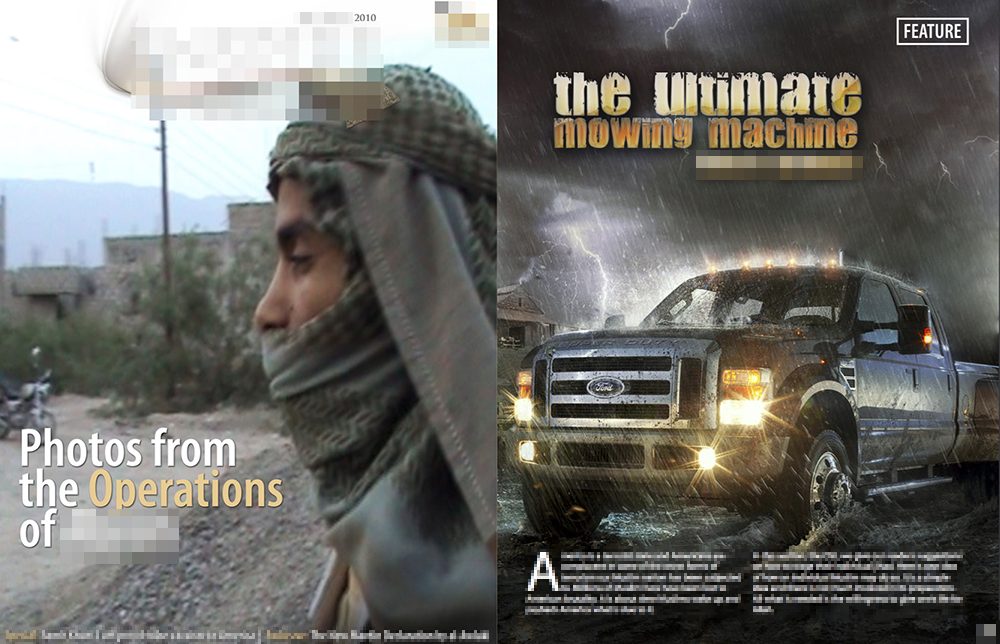
Above: An article in a 2010 issue of a prominent terrorist propaganda publication encouraged the use of vehicles to attack crowds.
This sort of attack is very difficult to detect or deter. The skill level necessary to execute a successful vehicle attack is extremely low compared to operations using firearms and/or explosives. Accessing a vehicle does not raise the same red flags as attempting to acquire illegal firearms or bomb-building materials.

People are now more aware of the risks and the basic action steps to survive an active shooter incident, but far fewer know what they would do to protect themselves and their loved ones during a vehicular terrorist attack. Like active shooter incidents, most vehicular attacks are over in minutes. Your survival will depend on how quickly you can move from shock, denial and indecision to effective life-saving actions.
Four Pillars of Survival
Going to a large gathering alone or with a group, your best defense rests on four pillars of survival:
- Planning
- Pre-event reconnaissance
- On-site situational awareness
- Communications
Attackers start their planning long before the attack; your survival plan must also begin well before the day of the event.
Pre-Event Planning
Bad guys do their homework, and you must, too. Prior to the event, try to identify:
- Peak times when the greatest numbers of people will be gathered.
- Likely security or law enforcement posts or checkpoints.
- Sections of roadway where the driver can build up speed before veering into a crowd.
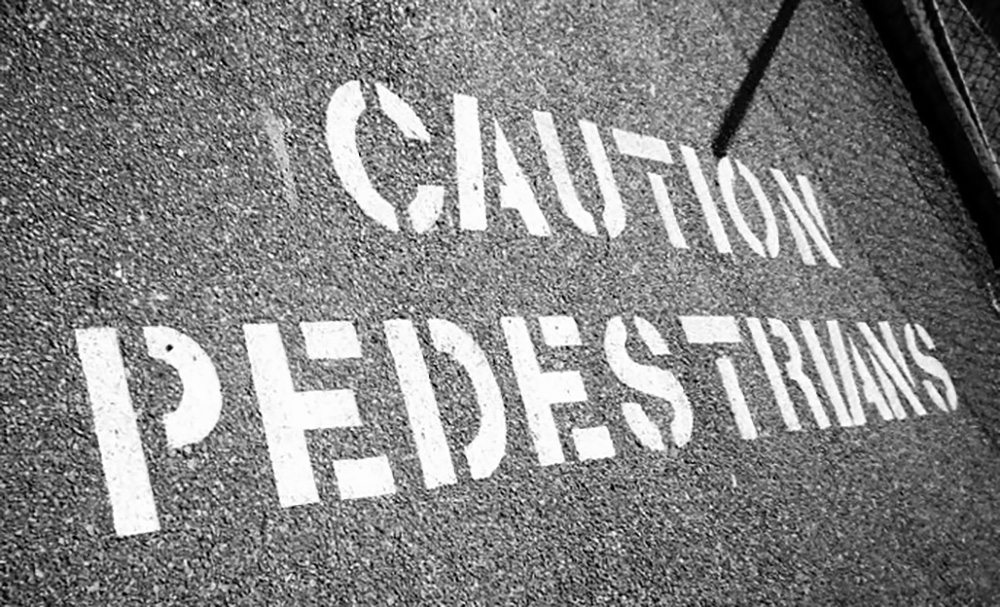
- The locations of barriers and bollards.
- Areas that afford victims few routes of escape.
- Choke points that can cause dangerous escape stampedes.
Good situational awareness involves identifying both risks and resources. Risks are those things that may hurt us; resources are the people, places and things that might help us if the going gets tough. We don’t do our best thinking during moments of terror, so having a plan and engaging in mental rehearsal of your response can make a big difference if things go wrong.

Before attending large public gatherings, consider:
- Reviewing event maps or routes.
- Visiting the location to get the lay of the land.
- Bringing with you only what you really need for safety and comfort so that you have less gear to manage if you must move quickly.
- Carrying a pocket-sized Individual First Aid Kit (IFAK) for self-care and care of others.
- Having a discussion with your group of friends and family to develop contingency plans for communications and reunification if things go sideways.
Communication with your loved ones may be difficult in the immediate wake of an attack. It helps to have critical contact numbers in writing and tucked away in a wallet or pocket. You may not be able to recall these numbers under extreme stress, or if your phone is lost or damaged in the melee. Separation from loved ones is the greatest source of anxiety during a crisis, so develop a backup communications plan.

Pre-determine reunification spots by envisioning the direction you think most people will run to flee an attack, then establish your primary and secondary reunification points slightly outside of those high-volume routes. In the chaos, it may be impossible to hear each other calling out loud or by phone, so consider alternative means of signaling your location. A small, powerful flashlight can be seen in broad daylight. These lights, especially those with a strobe feature, are excellent tools for visually communicating your location if you are unable to do so by other means.
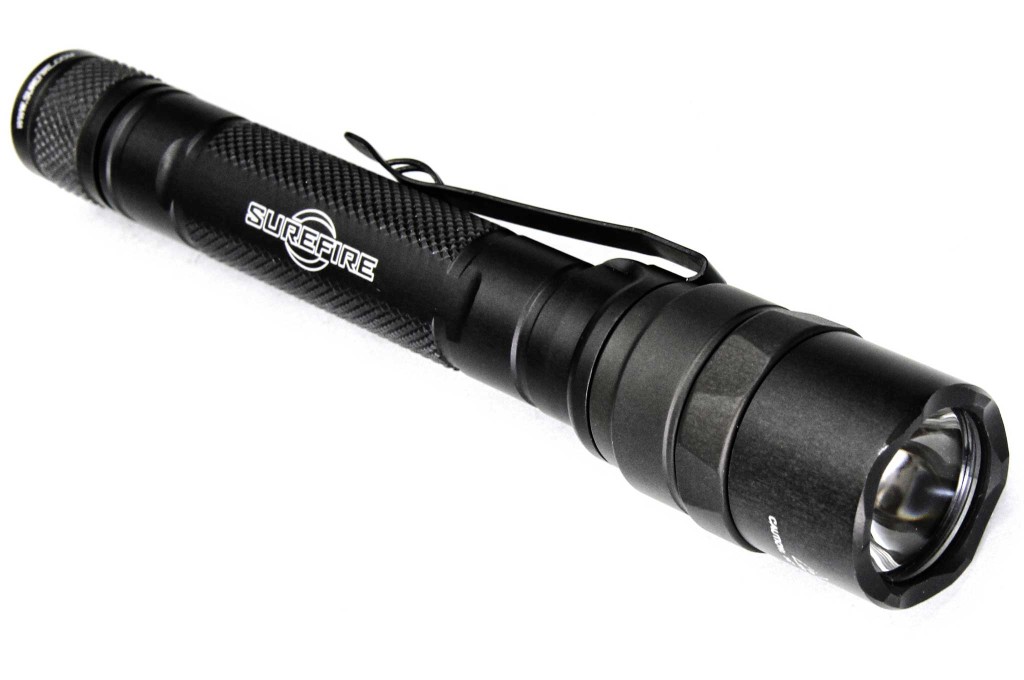
During the Event
- Don’t worry about getting a front row spot at a special event. In vehicular terrorist attacks, those at curb side are the most vulnerable. Select your location based on safety, not simply on having a great view.
- Avoid the center or densest parts of the crowd; try to stay on the fringe to allow yourself options for movement.
- Stay near street corners rather than the middle of the block; this will allow for more avenues of retreat.
- Don’t stand against walls, doors or other immovable objects where you could be pinned.
- Avoid standing on, under, or around temporary structures like stages or viewing platforms. If struck by a hostile vehicle, the collapse of those structures and the people falling from them represent another source of danger.
- Stay behind heavy security barriers or bollards, they can provide good cover and concealment from the vehicle attack, as well as shots fired by the attacker and/or the responding police.
- Scout out places for cover and concealment, such as concrete walls or large trees.
- Look for places of refuge, such as open stores or alleys that you can duck into if a hostile vehicle or frantic crowd passes by.
- Pay attention to the roads for any vehicle which moves erratically or diverges from the normal traffic pattern.
- If an erratically-moving vehicle veers toward you or the crowd, don’t just run from danger; run towards safety.

Act in Time
Bystander intervention can make a critical difference, but before providing care for others, make sure that it is safe to do so. In the initial post-attack environment, it is likely that:
- There will be a great deal of chaos, confusion and panic, as well as stampede of people running for their lives.
- There are likely to be multiple, if not overwhelming numbers of casualties.
- Injuries will range from mild to catastrophic. Some may be extremely graphic or gruesome adding to the terrorizing effect of the attack.
- Some injuries may involve the loss of limbs; many will result in severe bleeding.
- Individuals with severe blood loss can die within minutes without intervention. Bleeding control (B-CON) will be a high-priority.

While the action steps recommended during the event are intended to stop the killing, the steps recommended in the immediate aftermath of a vehicular attack are meant to stop the dying.
- Once the vehicle comes to a halt, don’t be a hero and approach it or try to engage the attacker. If you are near where the attack vehicle has come to rest, move away. It is quite possible that the perpetrator can exit the vehicle and continue the attack with firearms and/or edged weapons.
- Be aware of the risk of multiple attackers or explosives, as well as other harmful materials which may be onboard.
- Prioritize your safety and survival, and that of your family or friends. You must use your judgement in these stressful moments to determine if it is safe enough initiate care for the injured or to put distance between you and the impact zone.
No matter how quickly professional emergency responders arrive, bystanders will always be first on the scene. The uninjured can initiate critical bleeding control and save lives by acting quickly and decisively. Check out the U.S. Department of Homeland Security’s “Stop the Bleed” campaign to learn more about this topic.
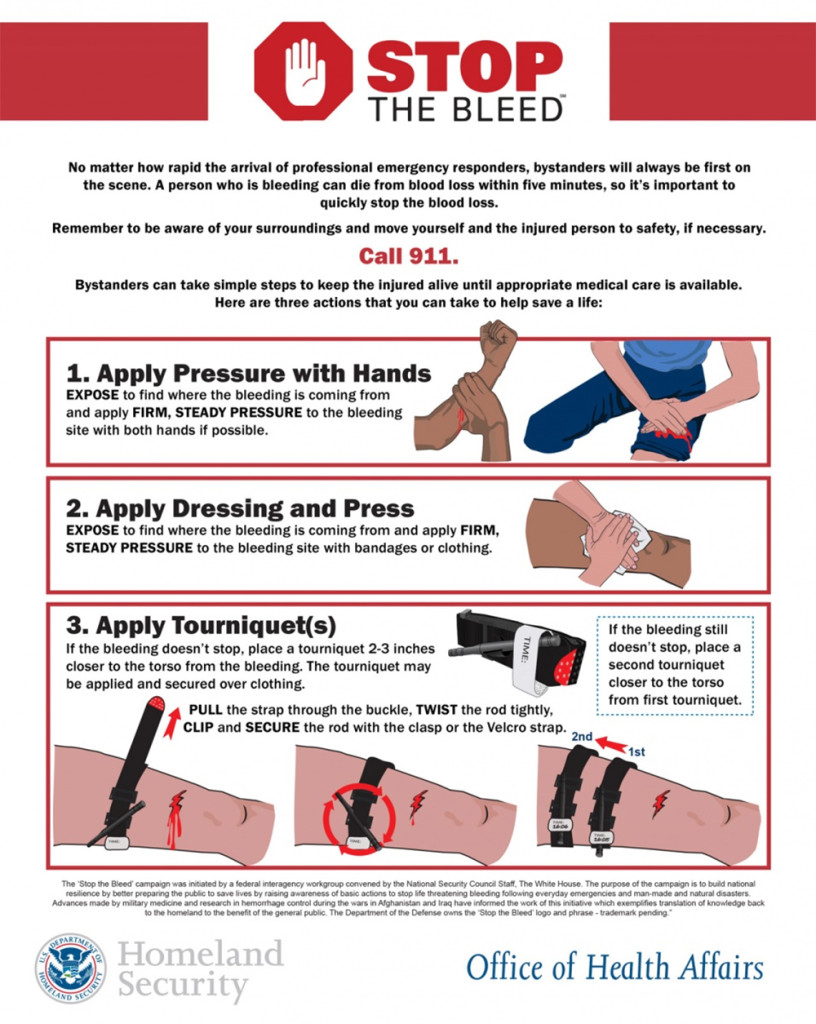
Kumbaya or Chaos
The same dynamics that make large public events fun and exciting also make them attractive targets for terrorists. Being aware of the risks, engaging in pre-event planning and preparedness, and knowing how to respond during and immediately following a vehicular terrorist attack can make participating in large public gatherings safer for you and your loved ones. Stay sharp, have fun, and let’s not let the bad guys drive a wedge of fear any further into our lives than necessary.
About the Author
Steve Crimando, MA, BCETS, CHS-V, is the founder and principal of Behavioral Science Applications, and an internationally-known expert in human factors in homeland security, violence prevention, and urban survival. He specializes in unconventional threats such as crowd violence, biological and radiological terrorism. With nearly 30 years of front-line experience, he was a responder to both the 1993 and 9/11 World Trade Center attacks. He coordinated on-site psychological operations at New Jersey’s Anthrax Screening Center, and has worked alongside authorities during many international kidnapping cases and other acts of terrorism.

